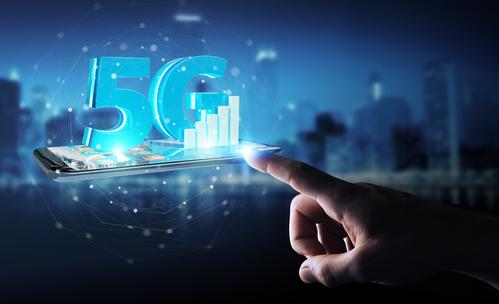5G impact on data centers

The 5G network has positioned itself as a new way of understanding technology and Communications by increasing speed and data transport capacity, decreasing latency and multiplying connection density (connect many more PCs, smartphones and sensors at the same time and in the same area). That is to say, the movement of massive amounts of data through faster and virtualized networking and wireless infrastructure.
According to Moor Insights & Strategy’s investment attributable to 5G, network transformation (56 percent) is the main focus, followed by the data center (22 percent) and edge computing (19 percent).
Hence, data centers will be at the heart of enabling 5G in all applications, so opportunities will exist for both new and existing data centers, being the reason why there needs to be a rethink about the structure of the data center.
Data centers that have set up for 4G will have the capacity for handling 5G data. However, they will have to change their infrastructure to support 5G’s frequencies. 5G uses short wavelengths, which means the use of small cells rather than large cell towers scattered around the country. These super-high frequencies (30 GHz to 300 GHz) will only work if devices are in close proximity to antennas and small cells, so as to maintain 5G’s low latency performance and meet service-level agreements. These requirements make companies move their IT infrastructure to the edge (edge computing), close to the users who are actually using these services, called edge data centers.
Figure 1. Edge data center collocation
As 5G makes edge computing a necessity, powering at the edge will require connections to geographically interconnect local data centers. Edge data centers are typically located on the edge of a network, with connections back to a centralized cloud core. An edge data center includes the same power, cooling, connectivity, and security features that you find in a centralized data center, but on a smaller scale, which may generate new opportunities and extra challenges for those sector agencies. Also, the IT deployments in an edge data center will handle processing of applications, data analytics, and data storage within the general vicinity of end users and devices that use those applications and data, and as the critical applications and processes they will be supporting, reliability and disponibility plays a vital role, needing at least a Tier 3 categorization.
Figure 1. Data centers interconnection
Add new comment